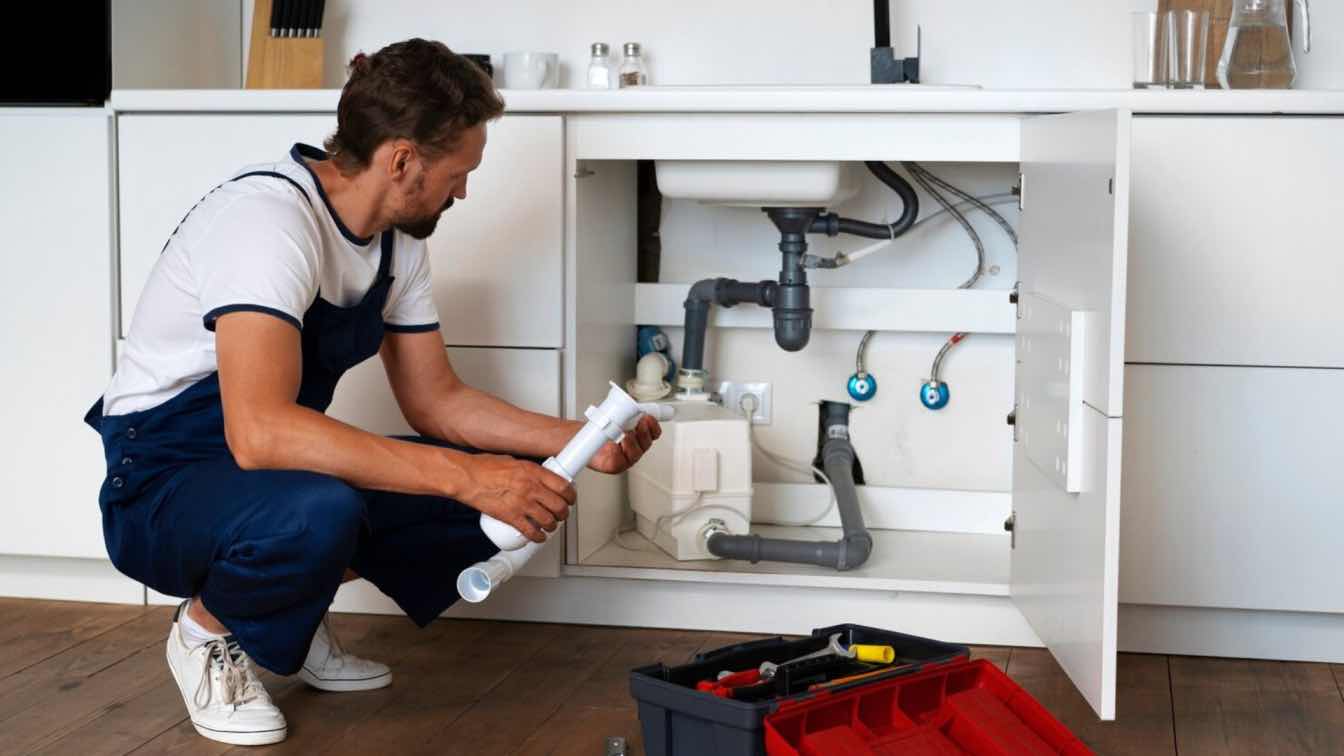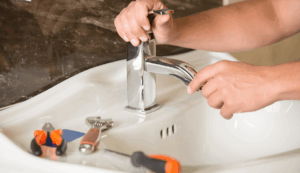Plumbing fixtures are a crucial part of every home. From the faucets in your kitchen to the showerheads in your bathroom, these fixtures are used daily and can significantly impact the overall functionality and aesthetics of your home. However, like all things in a home, plumbing fixtures wear out over time. The question is: how do you know when it’s time to upgrade your plumbing fixtures? Below, we’ll explore the signs that indicate it’s time for an upgrade and how making the change can improve the comfort and value of your home.
Frequent Leaks and Drips
 One of the most common signs that it’s time to replace your plumbing fixtures is persistent leaks and drips. While it’s normal for a faucet or showerhead to drip occasionally due to wear and tear, if you’re constantly dealing with leaks, it could be a sign that the fixture is nearing the end of its lifespan. Leaky faucets or showerheads waste water, and over time, this can lead to higher water bills. If tightening or replacing washers doesn’t resolve the issue, it’s likely time to replace the fixture entirely.
One of the most common signs that it’s time to replace your plumbing fixtures is persistent leaks and drips. While it’s normal for a faucet or showerhead to drip occasionally due to wear and tear, if you’re constantly dealing with leaks, it could be a sign that the fixture is nearing the end of its lifespan. Leaky faucets or showerheads waste water, and over time, this can lead to higher water bills. If tightening or replacing washers doesn’t resolve the issue, it’s likely time to replace the fixture entirely.
Frequent leaks could also indicate that the internal components of your plumbing fixture are corroding or damaged. In such cases, upgrading to a new fixture can help prevent further damage to your plumbing system and eliminate ongoing water wastage.
Water Discoloration or Odor
Water discoloration or unpleasant odors when you turn on your faucet is another warning sign that your plumbing fixtures may need replacing. Over time, mineral buildup and corrosion can affect the quality of your water, especially if you have older plumbing systems made of metal or outdated fixtures. If you notice rusty, brownish water or a strange smell emanating from your taps, it may be due to a buildup of iron, magnesium, or other minerals in your pipes and fixtures.
In some cases, the problem could be resolved by cleaning the fixture, but if the issue persists, it’s an indication that the fixture has worn out and may need replacing. Upgrading to modern, corrosion-resistant fixtures can help prevent further water quality issues and improve the overall taste and smell of your water.
Inconsistent Water Pressure
Another common issue that often points to the need for an upgrade is inconsistent water pressure. If you notice that the water pressure in your shower, sink, or tub is unusually low or fluctuates dramatically, the issue could lie within your plumbing fixtures. Over time, mineral deposits can build up inside faucets and showerheads, clogging the flow of water and causing low pressure.
Inconsistent water pressure can also result from worn-out valves, damaged hoses, or corroded pipes connected to your fixtures. If cleaning and adjusting your current fixtures doesn’t improve the pressure, upgrading to newer, more efficient fixtures can help restore optimal water flow throughout your home.
Outdated or Unattractive Design
Sometimes, the need for an upgrade goes beyond functionality and has more to do with aesthetics. If your plumbing fixtures are outdated and no longer match the style of your home, it might be time for an upgrade. Old-fashioned faucets, showerheads, and sinks can make your home feel dated, even if everything else is modern and stylish.
Upgrading your plumbing fixtures can breathe new life into your bathroom or kitchen. There are a variety of options available that cater to different tastes and budgets, from sleek and modern designs to vintage-inspired fixtures that add a touch of elegance. If you’re remodeling your home or just looking for a fresh look, upgrading your plumbing fixtures is a simple yet impactful way to enhance the visual appeal of your space.
Frequent Clogs
If your plumbing fixtures are frequently clogging, even after trying to clear them with traditional methods, this is a sign that the fixtures may be worn out or compromised. For instance, kitchen sinks can often clog due to grease buildup or food debris, while bathroom sinks and tubs can become clogged with hair and soap residue. Over time, these clogs can become more difficult to clear, and attempting to fix them can damage your existing fixtures.
Clogs that happen more often than usual or seem impossible to clear could indicate a problem with the fixture itself. If you’ve already attempted plumbing snake or plunger techniques and the clog remains, replacing the fixture might be the best solution to prevent further blockages.
Worn-Out or Broken Handles and Levers
 A faucet’s handle or lever is one of the most used parts of a plumbing fixture. If you notice that your faucet handles are cracked, stiff, or broken, it’s likely time for an upgrade. Even if the fixture still works, damaged handles can make it difficult to control the water flow and temperature. In some cases, it can also pose a safety risk, especially if the lever breaks off completely while you’re using the sink or shower.
A faucet’s handle or lever is one of the most used parts of a plumbing fixture. If you notice that your faucet handles are cracked, stiff, or broken, it’s likely time for an upgrade. Even if the fixture still works, damaged handles can make it difficult to control the water flow and temperature. In some cases, it can also pose a safety risk, especially if the lever breaks off completely while you’re using the sink or shower.
Replacing worn-out or broken handles and levers not only improves the ease of use but also prevents further damage to the fixture and plumbing system. Additionally, new designs offer more ergonomic and convenient ways to adjust the water flow, making it a worthwhile upgrade.
High Maintenance and Frequent Repairs
If you find yourself constantly needing to repair or maintain your plumbing fixtures, it may be more cost-effective in the long run to replace them altogether. Over time, fixtures can become more prone to malfunctioning as they wear out. If your faucets, showerheads, or toilets require frequent fixes or costly repairs, upgrading to newer, more durable fixtures can save you money on repairs and reduce the frustration of dealing with ongoing issues.
Newer plumbing fixtures are designed to be more reliable and durable, with many offering warranties that guarantee performance for years. Investing in modern fixtures can help prevent the need for constant maintenance and repairs, giving you peace of mind.
High Water Bills
If you notice a sudden spike in your water bill, it may be related to your plumbing fixtures. Older fixtures, particularly faucets and toilets, can waste a significant amount of water. Traditional toilets, for instance, use up to 6 gallons of water per flush, whereas newer models can use as little as 1.28 gallons. Similarly, older showerheads and faucets often flow at a higher rate than necessary, contributing to water waste.
Upgrading to water-efficient fixtures can significantly reduce water consumption and lower your monthly water bill. Many modern plumbing fixtures are designed with water-saving technologies, such as low-flow toilets, faucets, and showerheads, which can help conserve water without sacrificing performance.